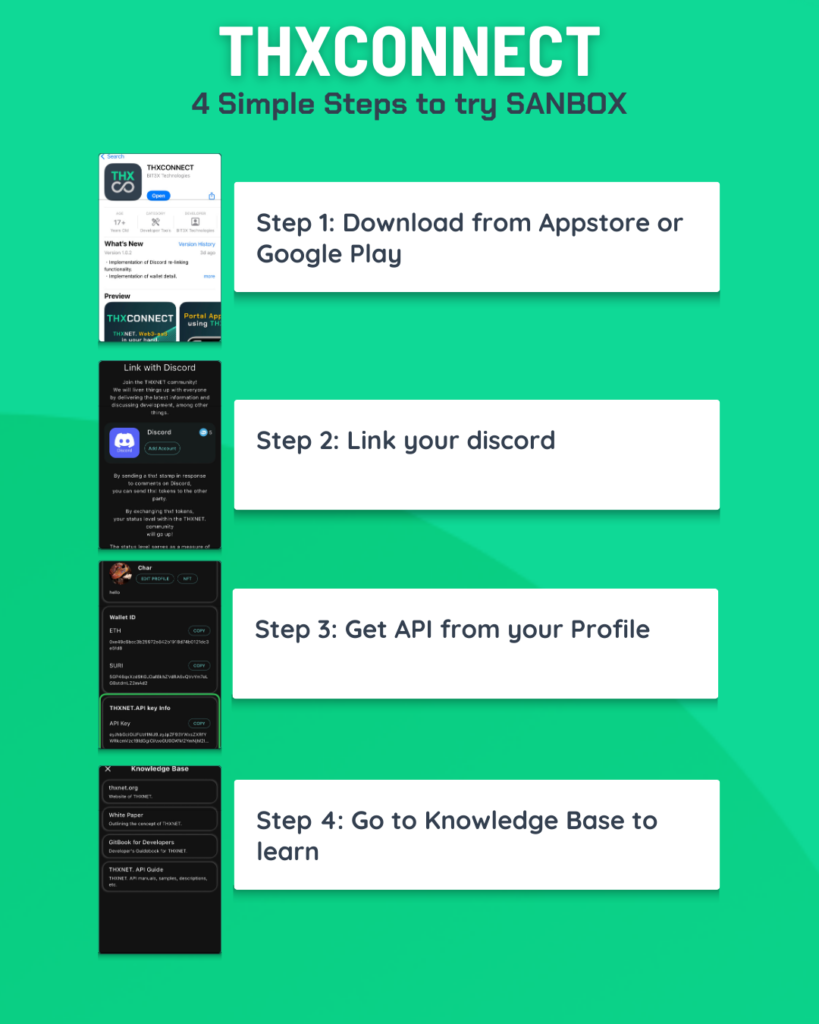Understanding Layer 1 Blockchain And Supporting Companies’ Transition To Web3
Read full article on Forbes here: https://www.forbes.com/sites/forbesbusinesscouncil/2023/12/05/understanding-layer-1-blockchain-and-supporting-companies-transition-to-web3/?sh=41bfc25958dd
Ken N. Founder of AsiaTokenFund Group and CMO of THXNET a Blockchain Infrastructure. Ken focuses on Web3 ecosystem & startups acceleration

As the world edges closer to a decentralized digital future, the importance of foundational blockchain structures, especially Layer 1 protocols, cannot be overstated. These protocols determine the integrity, security and efficiency of the entire blockchain system.
So, what exactly makes a good Layer 1 blockchain? And what role does Web3 as a service (known as “Web3aaS”) play in helping Web2 companies transition to Web3?
In my previous article, I wrote about “embracing Web3 and unlocking possibilities for traditional companies.” While it’s easy to talk about going into Web3, the reality hits when it comes to the complex technical components. The first step is really to understand the fundamentals of blockchain, the key components of Web3 and how to determine a good blockchain infrastructure, more technically known as “Layer 1.”
Understanding Layer 1 Blockchain
At its core, a Layer 1 blockchain is the base protocol, or the foundational layer, of a blockchain system. It deals with the creation, validation and storage of blocks. In other words, it’s the native blockchain where transactions are processed and settled. It is commonly known as the infrastructure.
To put it in simple terms, imagine a Layer 1 blockchain as the main highway for data and transactions. This highway is designed to manage the flow of traffic, process transactions and ensure every vehicle (or transaction) reaches its destination safely and accurately. Just as highways have rules and protocols to keep traffic orderly, a Layer 1 blockchain has consensus mechanisms and protocols to keep transactions secure and in order.
However, it’s essential to note that not all Layer 1 blockchains are created equal, and each comes with its own set of features, advantages and limitations. But in all, we have to agree that there are few “must-haves” for good Layer 1 Blockchain.
Characteristics Of A Good Layer 1 Blockchain
A high-quality Layer 1 blockchain should ideally have the following attributes.
Security: This is non-negotiable. A secure Layer 1 ensures data and assets are safe from malicious actors. The blockchain should be immune to attacks to ensure data integrity and safety of digital assets. This often depends on the consensus mechanism in use.
• Scalability: An ideal Layer 1 blockchain should process transactions swiftly. This ensures high throughput to accommodate a growing number of users and applications.
• Decentralization: A distributed network of nodes ensures no single point of failure and no central authority. This is the essence of blockchain’s promise, where it should uphold the ethos of decentralization, ensuring no single entity has overarching control, thereby enhancing security and trust.
• Interoperability: In a world of multiple blockchains, an effective Layer 1 should seamlessly interact with other blockchains and external systems, thus promoting a connected, integrated ecosystem.
• Usability: Developer friendliness is crucial. Developers should find it easy to build upon. This includes comprehensive documentation, developer tools and an active community. It should offer tools and resources that enable developers to easily build, deploy and manage applications.
Now that you understand the basic fundamentals of blockchain, you can see that it can be a difficult infrastructure to build from scratch. In my experience in the industry, going full launch can take somewhere between two to three years and can be highly costly to build. Many traditional companies might shun Web3 adoption when they look at the complexity, lengthy time and cost factors.
Other companies might be looking for alternative solutions, such as Web3 as a service. Web3-aaS can be likened to cloud services but specifically tailored for blockchain. Companies that offer Web3-aaS, my own included, provide the infrastructure and backend services and allow businesses to develop and deploy blockchain applications without the overhead of establishing and maintaining the blockchain themselves.
Best Practices For Web2 Companies Working With Web3aaS Providers
If you lead a Web2 company and are thinking of working with a Web3-aaS provider, you’ll need to do your due diligence to find the right provider for your business. I suggest putting forth a series of questions before selecting any Web3-aaS providers. The answers to these questions will affect how quickly you’ll be able to build applications and, in turn, your time and money.
1. What objective does your company want to achieve by adopting Web3?
2. What type of product are you launching? Does it require only a top-level app or a complete infrastructure? Can you use an existing Layer 1 blockchain, or do you need to have your own?
3. Does the provider offer a comprehensive infrastructure and dedicated blockchain layers?
4. Is the blockchain they provide interoperable? Is it safe, secure and trustworthy?
5. Do you already have an engineering team to take over after the product is built? If not, what is the timeline and budget needed to hire your own tech team?
Additionally, keep in mind there are not many Web3-aaS providers in the market that are not an aggregator (or “middle-man”). Ask whether the provider you’re considering owns and operates the infrastructure or acts as an agency or consultancy. An aggregator can be useful to serve as your “tech architect” or consultant when you do not have extensive knowledge in crafting and designing the transformation of your company from Web2 to Web3. They could also serve as an advisor to your Web3 transformation.
No matter which type of provider you choose, remember that you have to be certain about what Web3 can bring to your business and your customers or consumers. Do not simply just follow the hype.
As the Web3 revolution gains momentum, a strong and efficient Layer 1 blockchain becomes indispensable. It sets the stage for a secure and decentralized digital future. For Web2 companies trying to traverse the gap into the Web3 realm, working with a Web3-aaS provider could help them transition into the decentralized world. However, it’s important to keep a few best practices in mind to make the collaboration successful.


